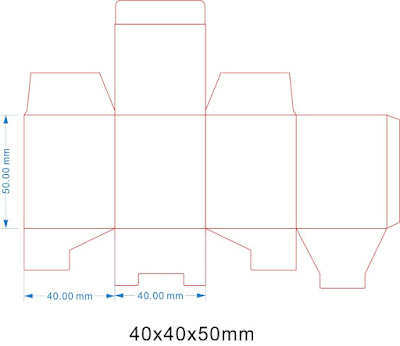What is UV coating?
UV coating is a kind of surface finishing technology in printing and packaging. It is so named because it uses special UV ink for varnishing to provide the prints with high brightness, transparency and abrasion resistance.
There are many ways of applying UV coating to prints. Below are an introduction of some classification, after reading which you would hopefully have a better understanding.
Classification of UV Coating Methods
1. According to the relationship between the coating machine and the printing machine, it can be divided into two ways: offline coating and online coating.
(1) Offline coating
Off-line coating uses a dedicated coating machine to glaze the printed matter, that is, printing and glazing are performed on their own dedicated equipment. This glazing method is more flexible and convenient, and the investment in glazing equipment is small, and it is more suitable for professional post-press processing manufacturers to use. However, this glazing method increases the transportation and transfer work between the printing and glazing processes, and the production efficiency is low.
(2) Inline coating
In-line coating is to directly connect the coating unit to the press, that is, printing and coating are performed on the same machine. It has high speed, high production efficiency, and low processing cost. It reduces the transportation of printed materials and overcomes the problem caused by powder spraying. All kinds of quality failures are the future development direction. However, online glazing has high requirements on glazing technology, glazing oil, drying equipment and glazing equipment.
2. According to the classification of coating methods, it can be divided into two types: roller coating coating and printing coating.
(1) Roller coating
Roller glazing is the most common glazing method. The glazing oil is uniformly coated on the surface of the printed matter by the coating roller.
(2) Printing and glazing
The coating ink is applied to the printed matter through the coating plate, so spot UV coating can be performed. At present, gravure coating, flexographic coating, offset printing coating and silk screen coating are commonly used.
3. According to the classification of coating products, it can be divided into: flood coating, spot(partial) coating, matting coating and artistic coating.
(1) Flood coating finish
The main function of the full-surface coating is to protect the printed matter and improve the surface gloss of the printed matter. The flood coating finish is generally carried out by roller coating.
(2) Spot UV coating
Spot UV coating is generally to glaze the graphics and text parts that need to be emphasized on the printed matter. The high-gloss picture of the glazing part is compared with the low-gloss picture without the glazing part, which produces a wonderful artistic effect. Local glazing is carried out by printing and glazing, in which the film layer obtained by glazing by screen printing is thicker, the effect is more obvious than other methods, and the cost is lower. It is currently used more in China, but its production efficiency is average Lower.
(3) Matting UV coating
The matting coating uses UV matte ink, which is the opposite of the effect of ordinary coating. It reduces the gloss on the surface of the printed matter, thereby producing a special effect. As the gloss is too high to a certain degree of irritation to the human eye, therefore, matting glazing is currently a more popular way of coating.
(4) Artistic glazing
The function of artistic glazing is to obtain special artistic effects on the surface of glazing products. If you use UV pearlescent varnish to polish the surface of the printed matter, it will produce a pearlescent effect on the surface of the printed matter, making the printed matter look magnificent, noble and elegant.












